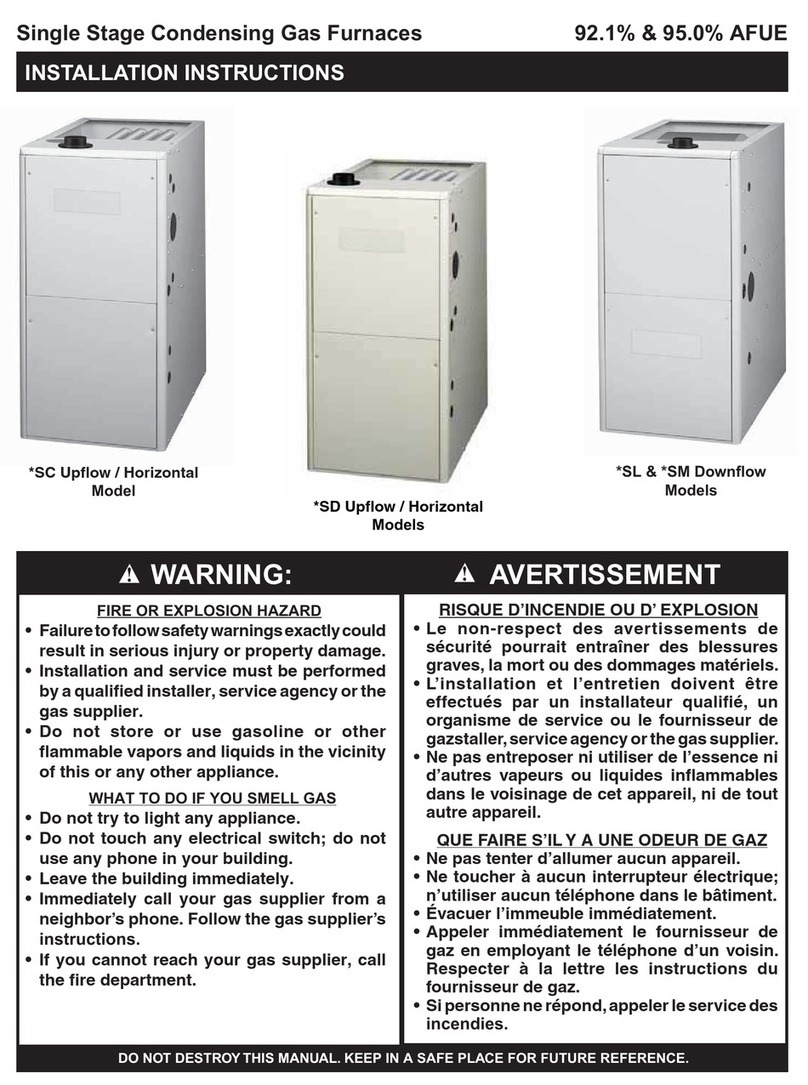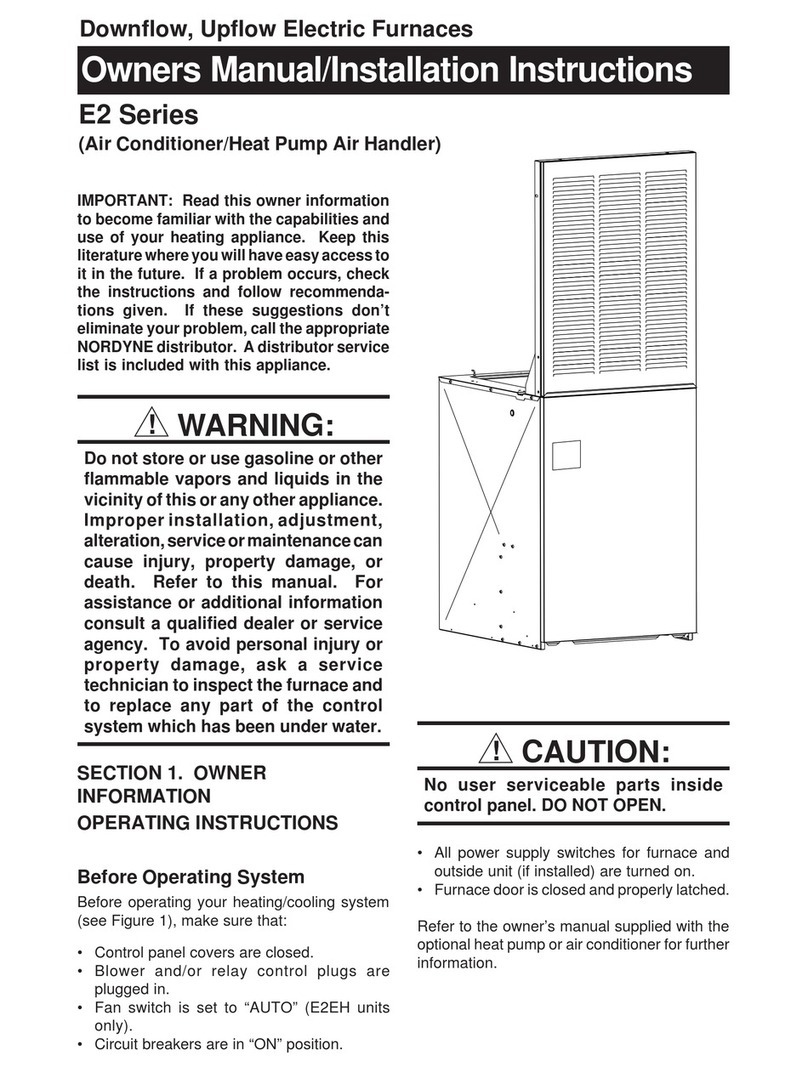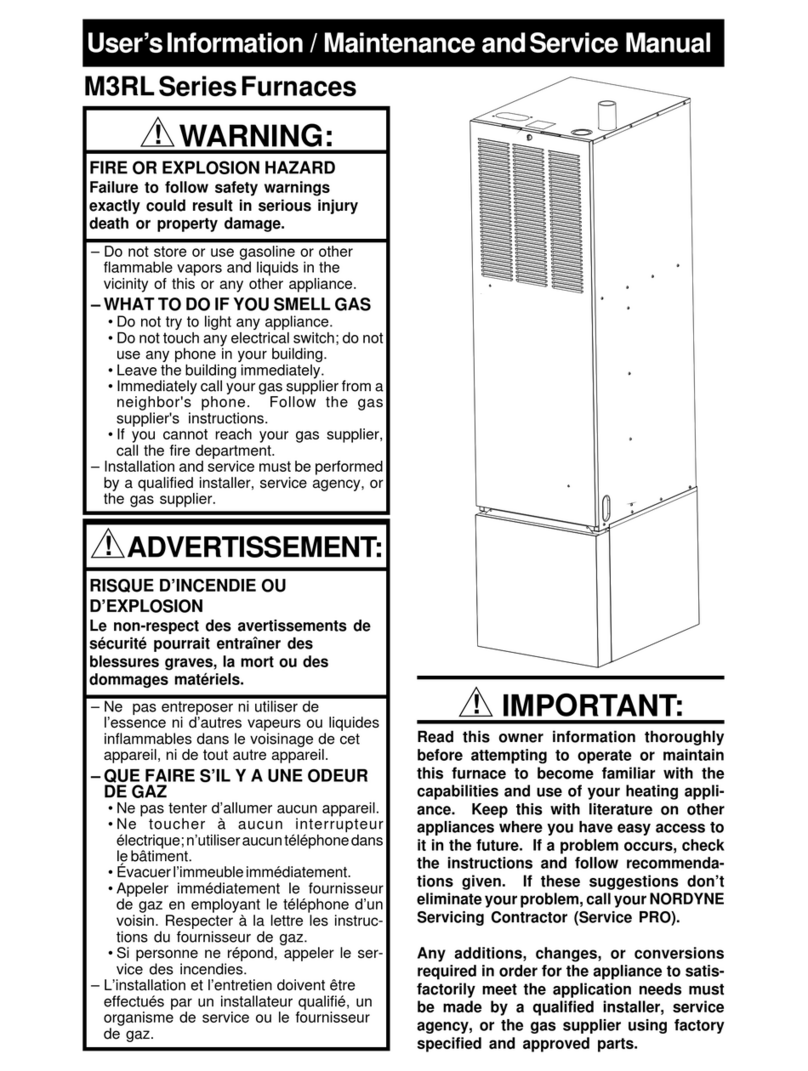Nordyne G6RC 90+ User manual




















This manual suits for next models
23
Table of contents
Other Nordyne Furnace manuals
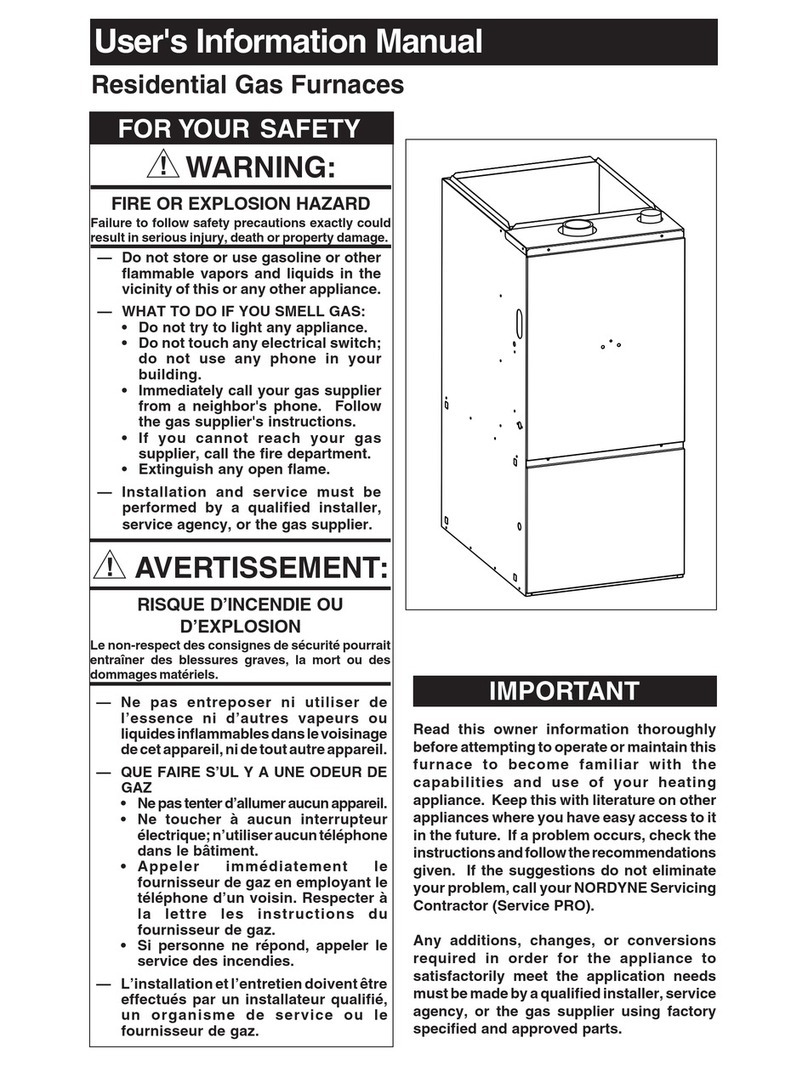
Nordyne
Nordyne 80+ AFUE Two Guide
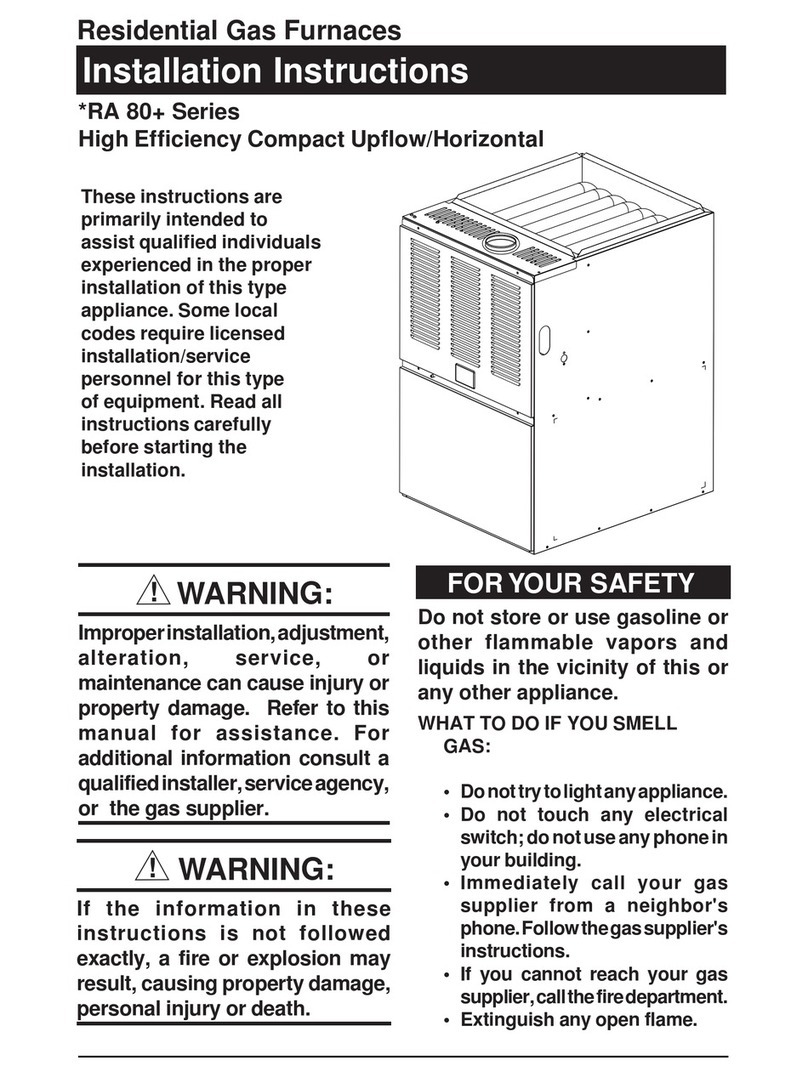
Nordyne
Nordyne RA 80+ series User manual
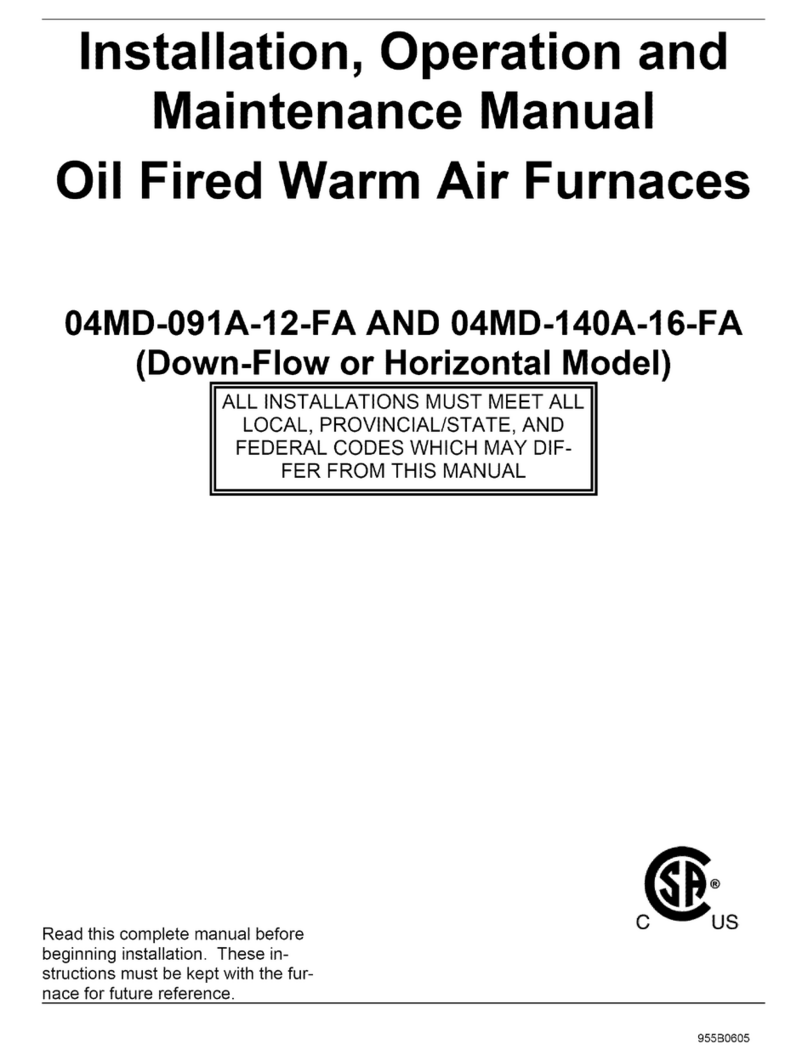
Nordyne
Nordyne 04MD-091A-12-FA User manual

Nordyne
Nordyne M4RC User manual
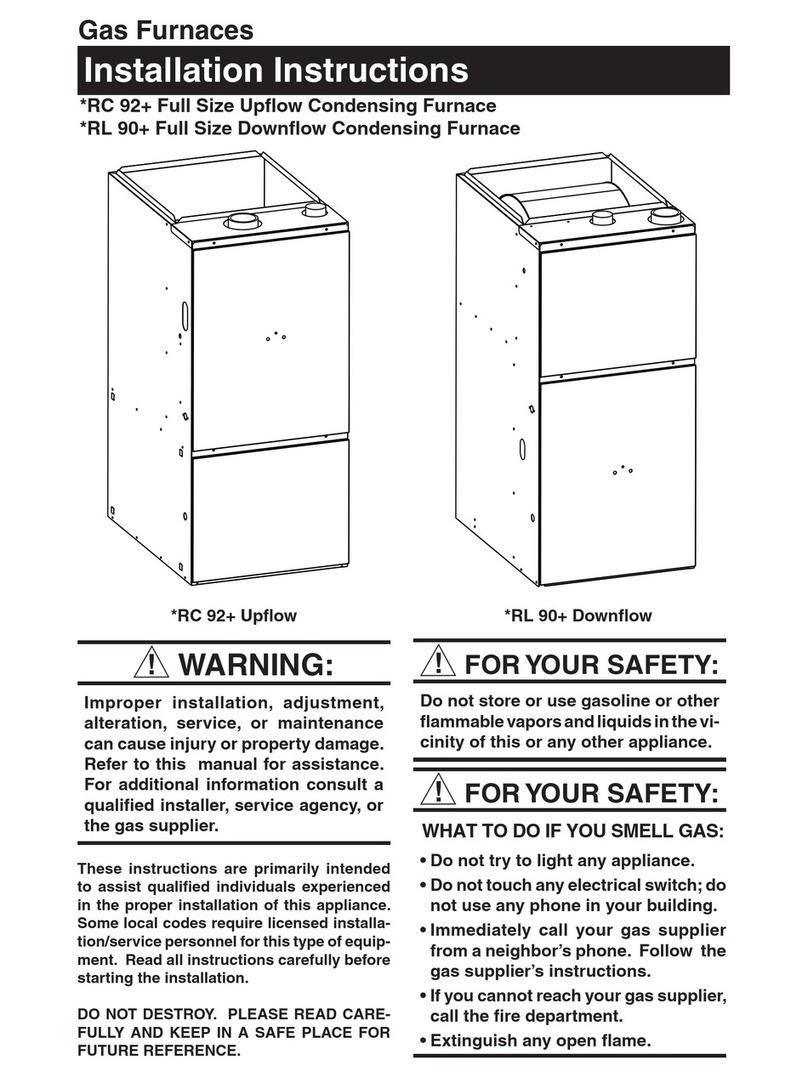
Nordyne
Nordyne + RC 92+ User manual
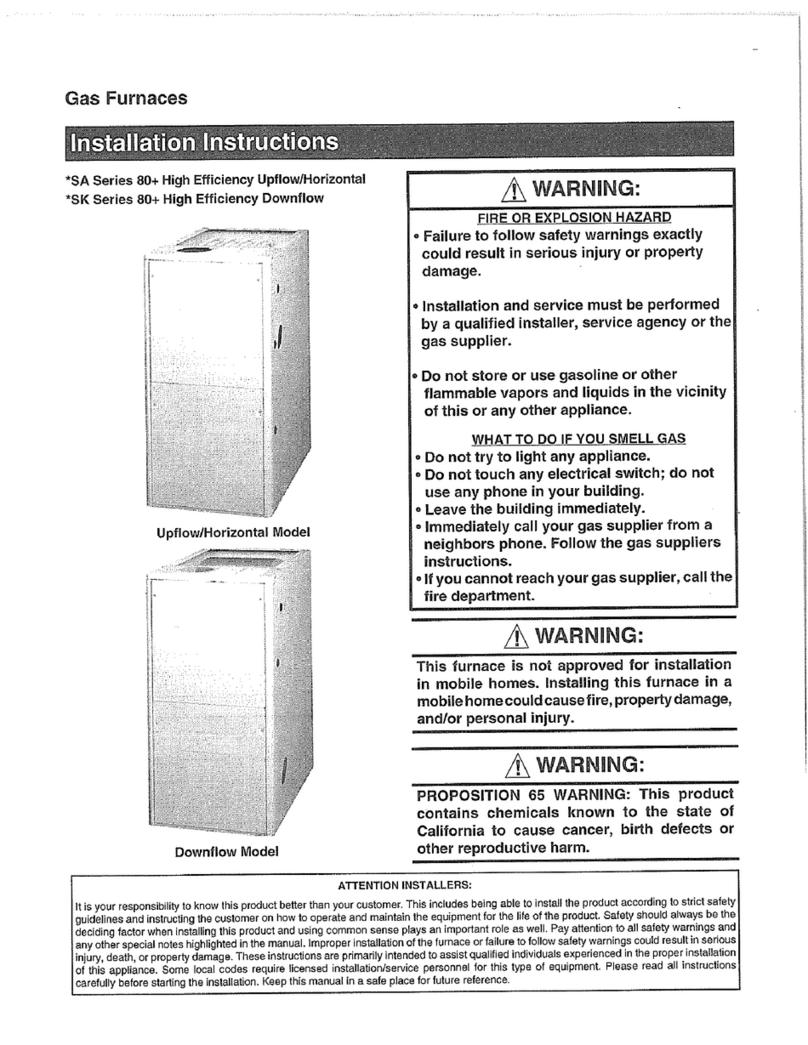
Nordyne
Nordyne SA series User manual
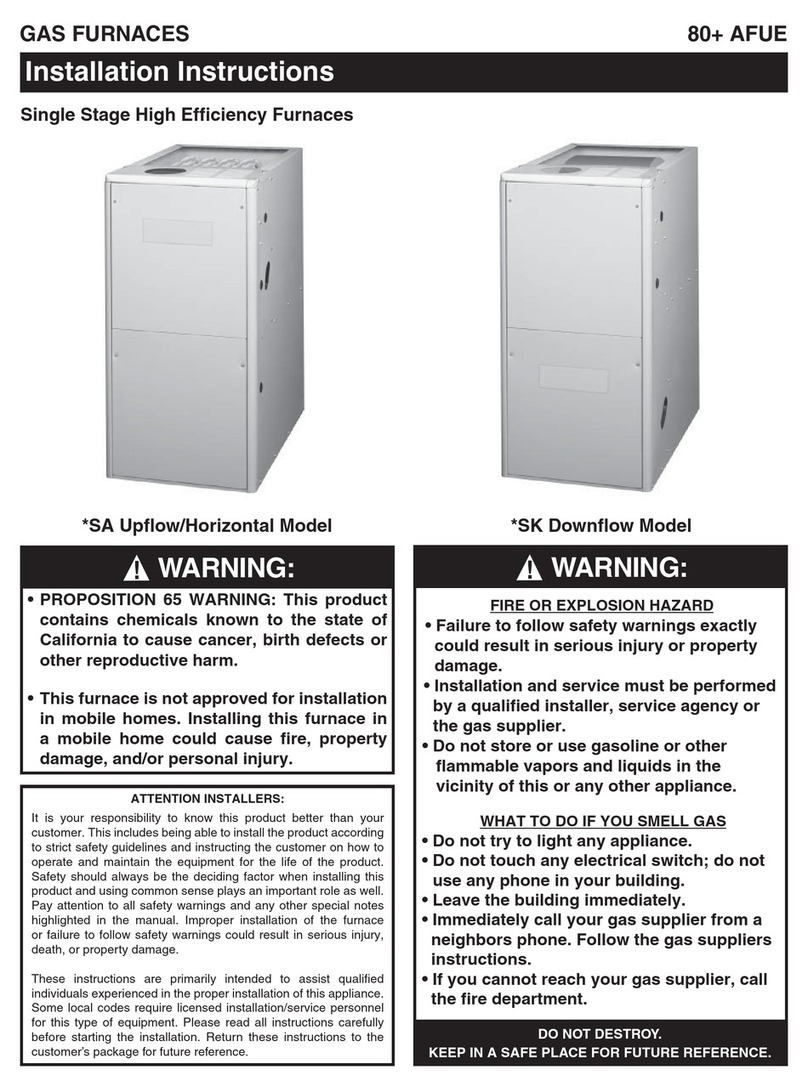
Nordyne
Nordyne 045C-23ASA User manual
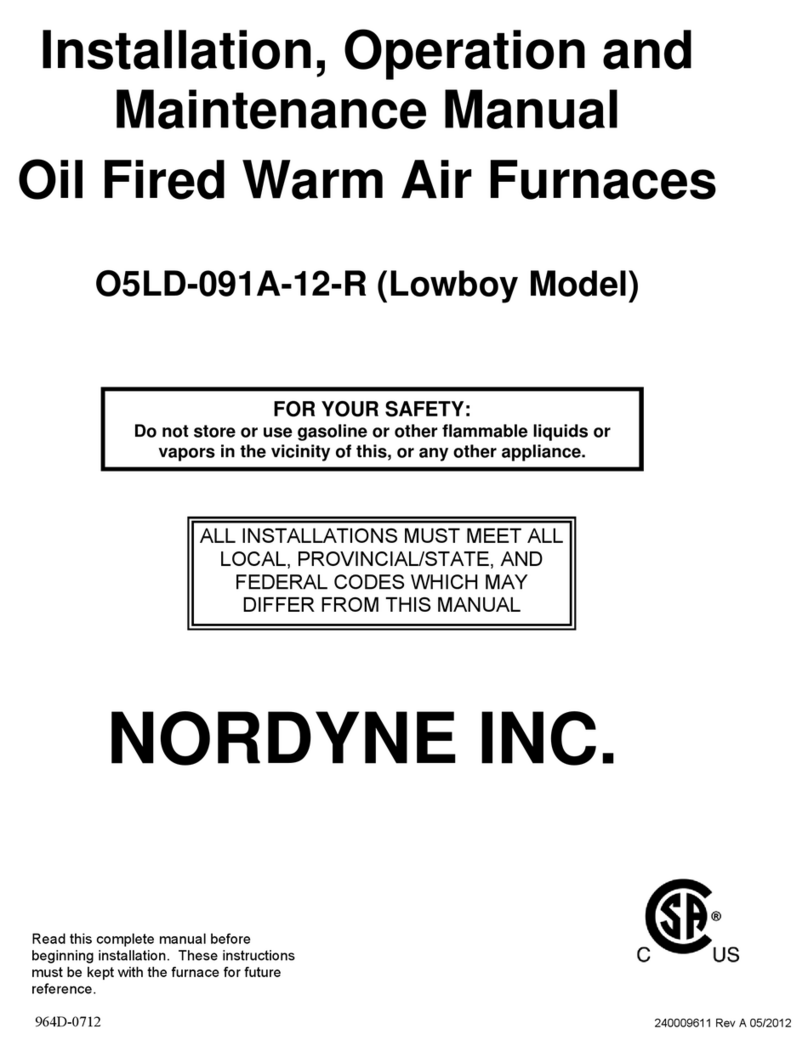
Nordyne
Nordyne O5LD-091A-12-R User manual

Nordyne
Nordyne 04MD-091A-12-FA User manual

Nordyne
Nordyne M2RC-080 User manual

Nordyne
Nordyne G7XA Series User manual

Nordyne
Nordyne M1B User manual
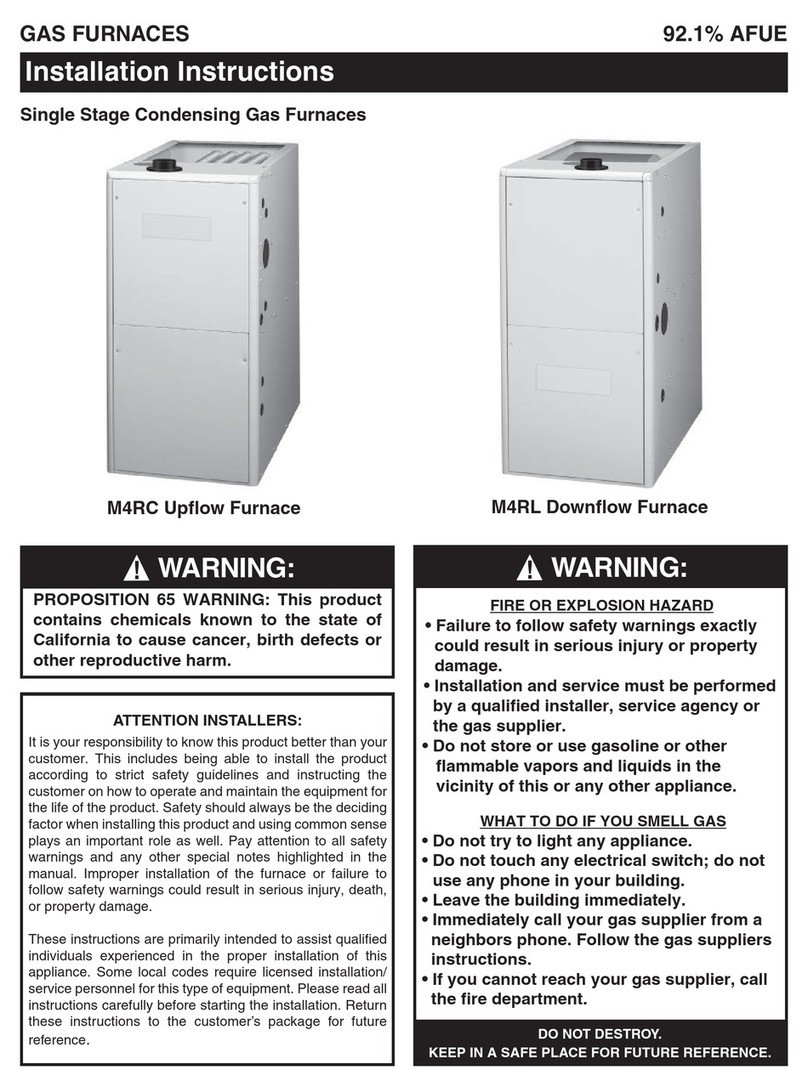
Nordyne
Nordyne M4RC User manual
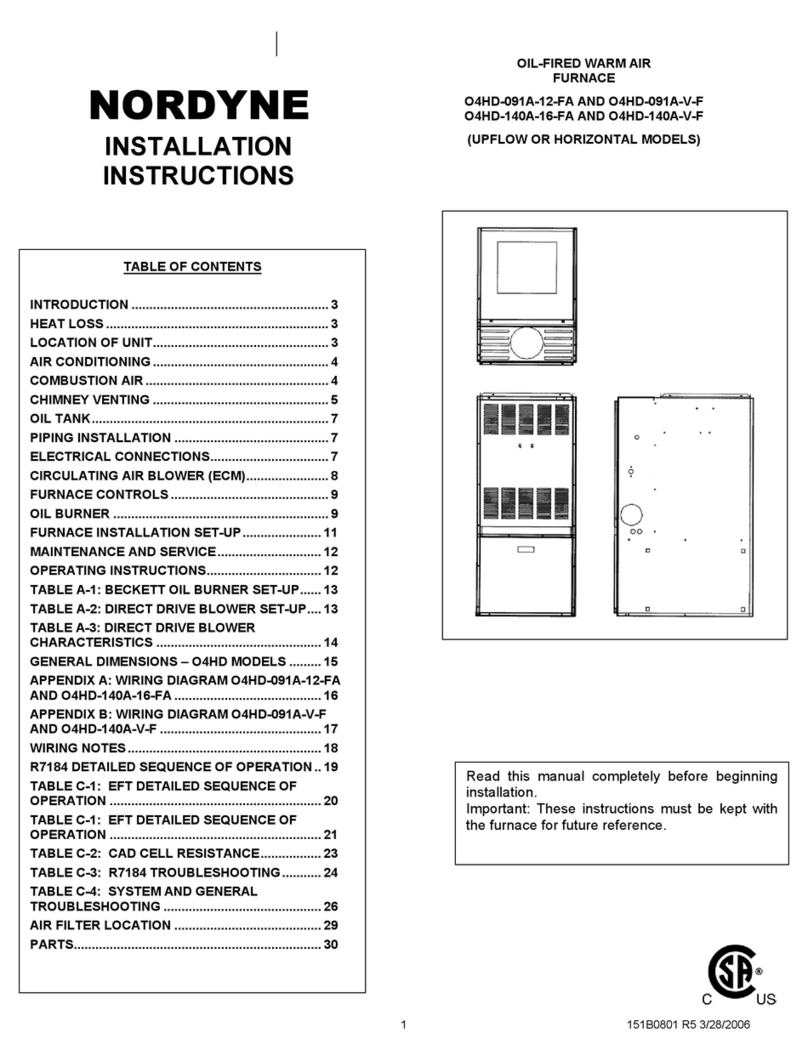
Nordyne
Nordyne O4HD-091A-12-FA User manual

Nordyne
Nordyne CMF95 Series User manual
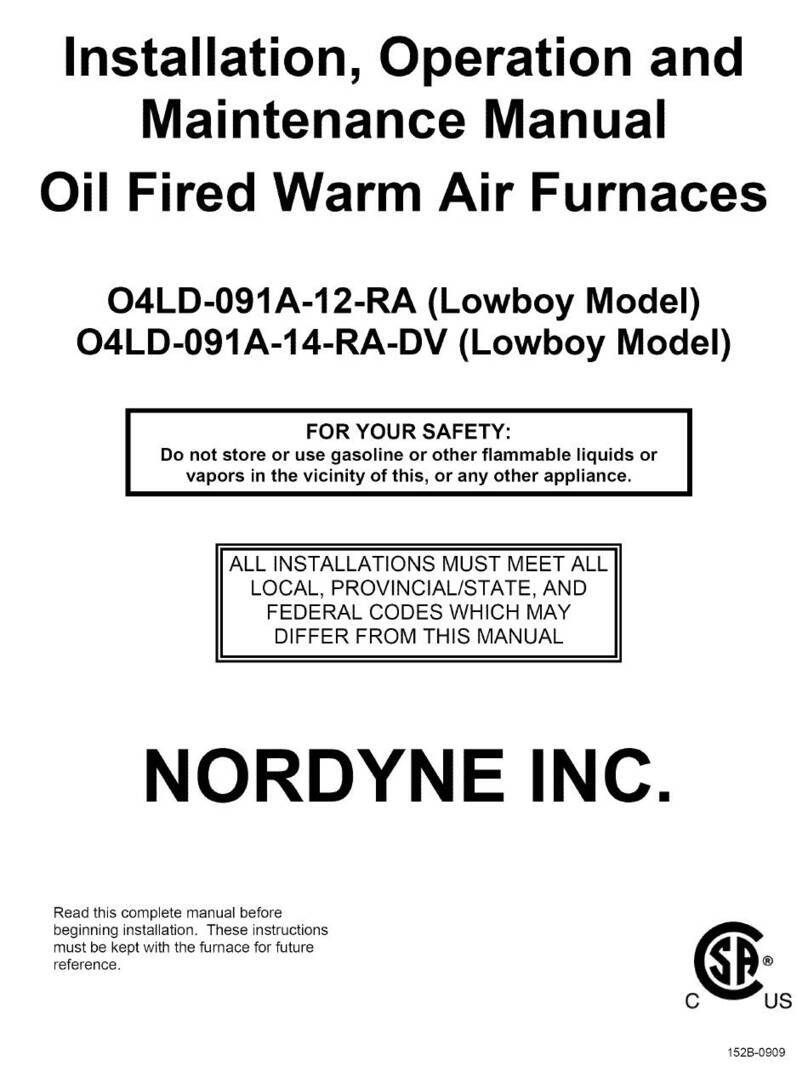
Nordyne
Nordyne O4LD-091A-12-RA User manual

Nordyne
Nordyne M3RL 060A AW User manual

Nordyne
Nordyne E2EH-xxx HB Series Original instructions
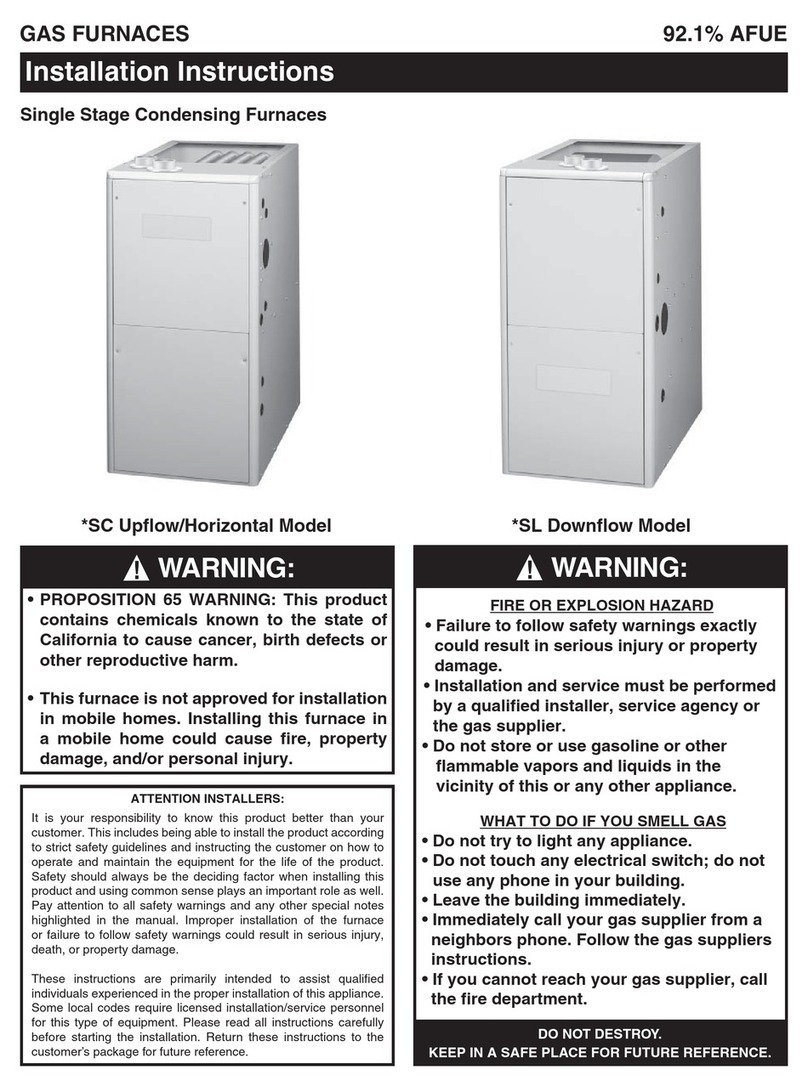
Nordyne
Nordyne SC038D-23A User manual

Nordyne
Nordyne O4LD-140A-16F User manual
Popular Furnace manuals by other brands
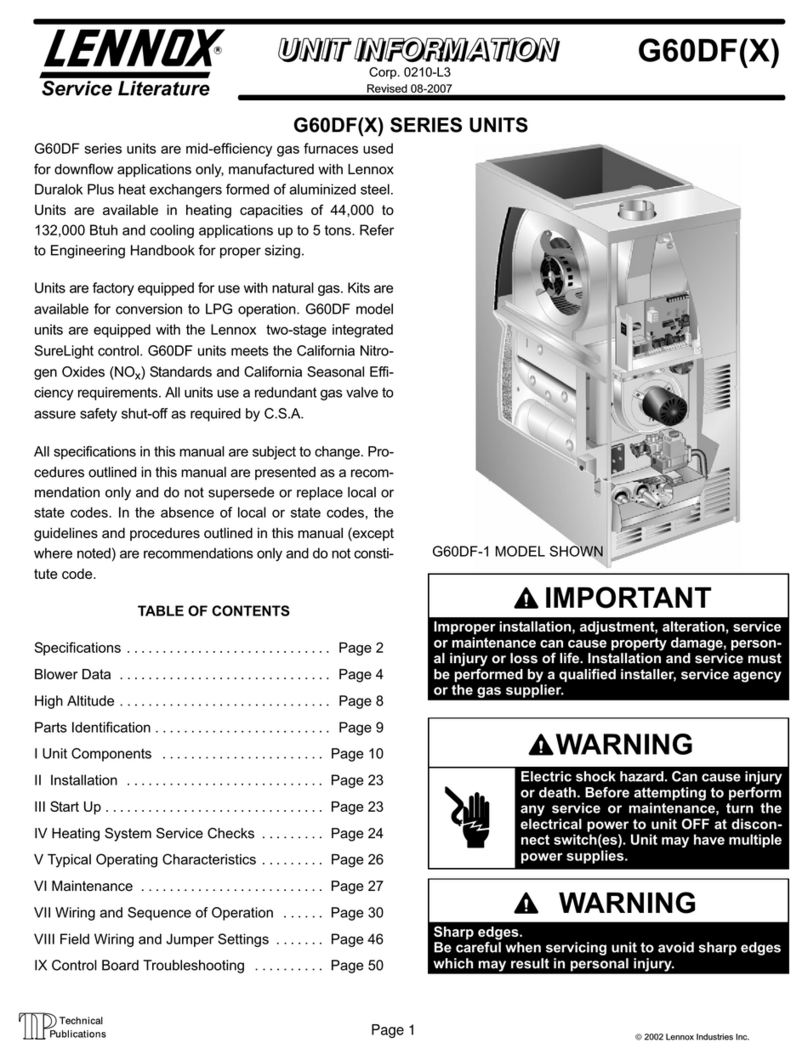
Lennox
Lennox G60DF series installation instructions
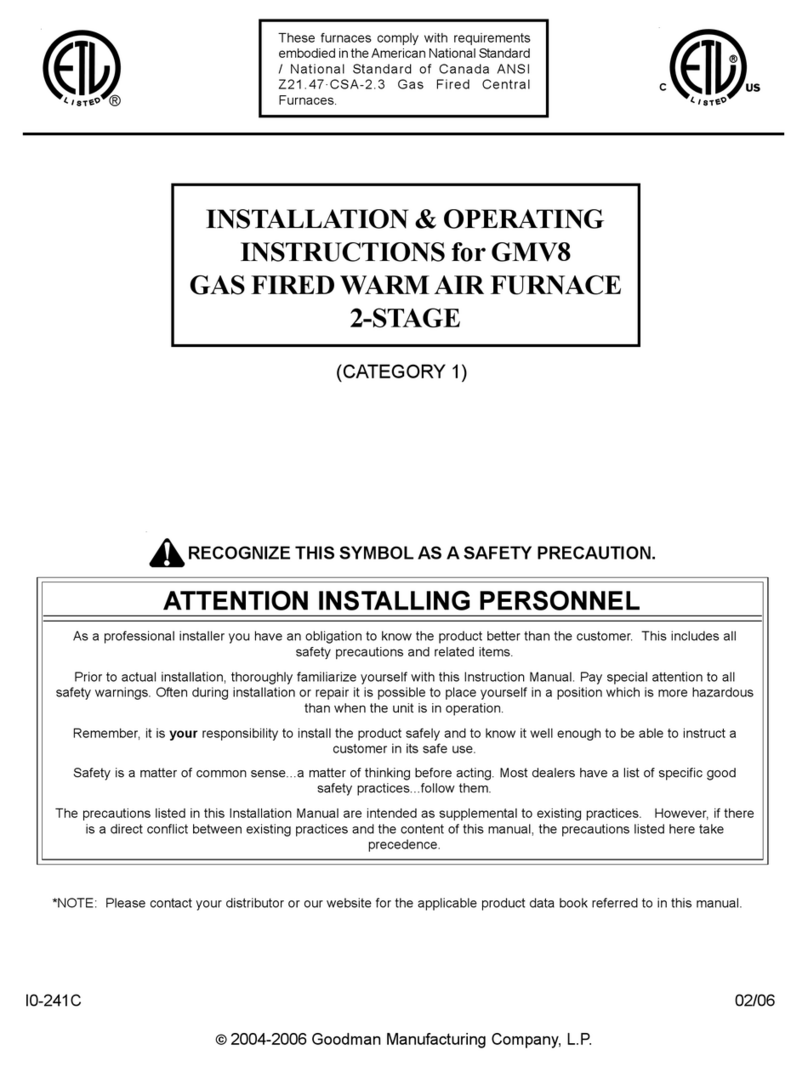
Goodman
Goodman GMV8 Installation & operating instructions

Nortek
Nortek E6 Series installation instructions

DENTSPLY
DENTSPLY NeyFire T Owner's/operator's manual

Lennox
Lennox EL195UHE Elite Series installation instructions
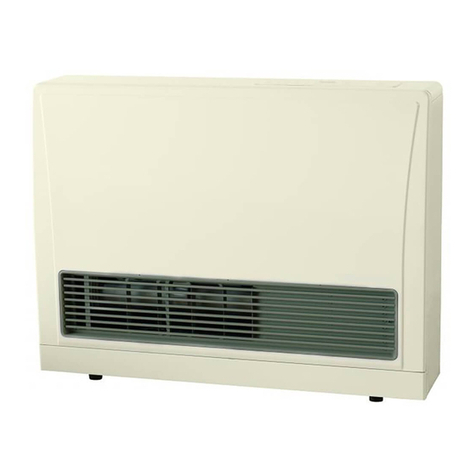
Rinnai
Rinnai EX22 Specifications
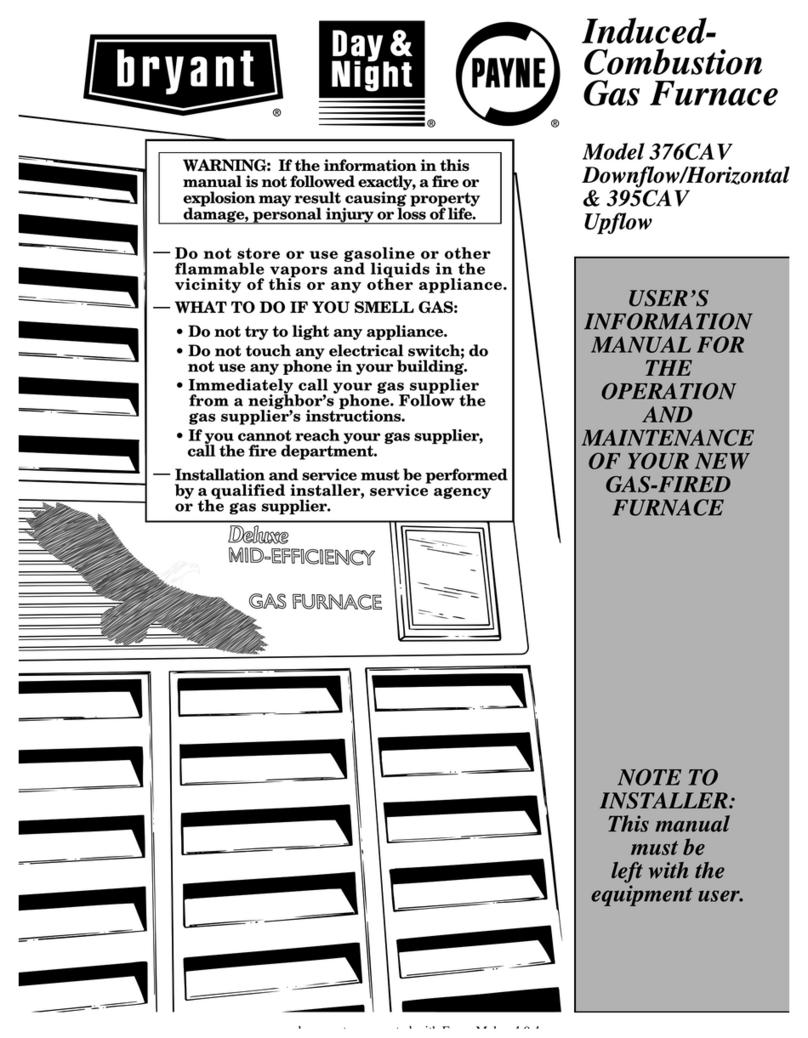
Bryant
Bryant 376CAV Information manual
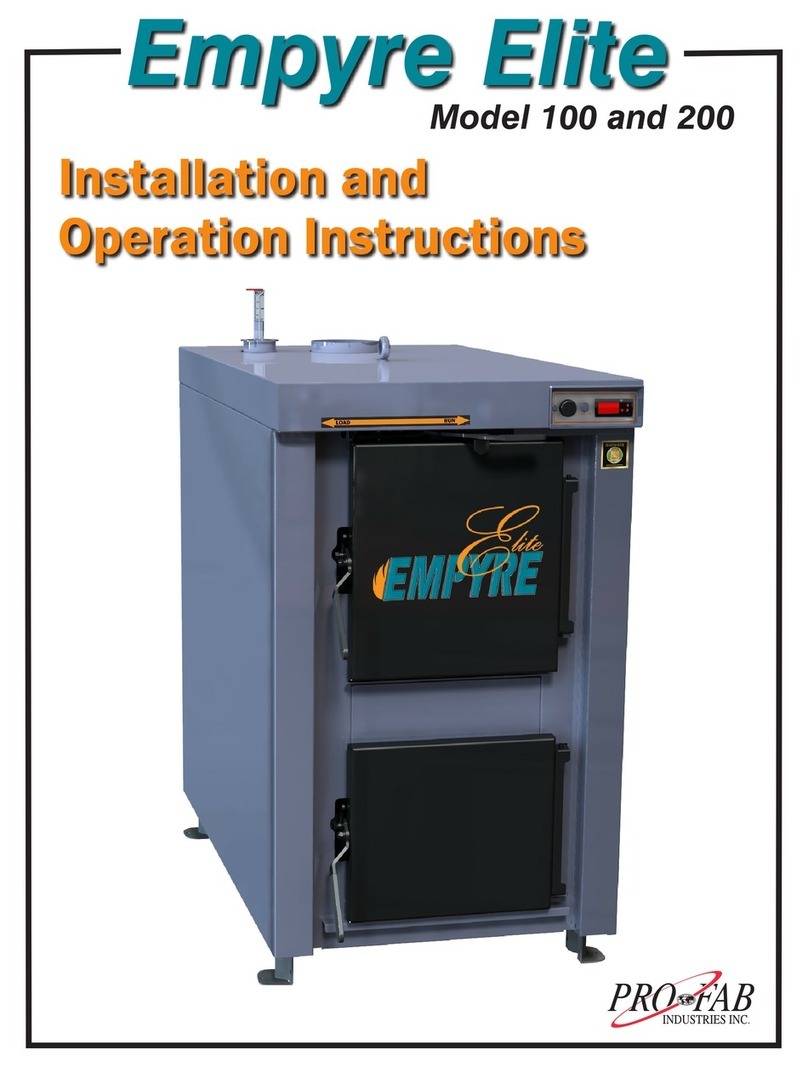
Pro-Fab Industries
Pro-Fab Industries 100 Installation and operation instructions

Amana
Amana AMV9 installation instructions
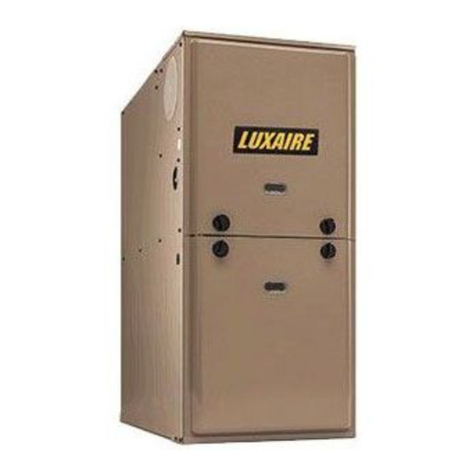
Johnson Controls
Johnson Controls TM9E installation manual
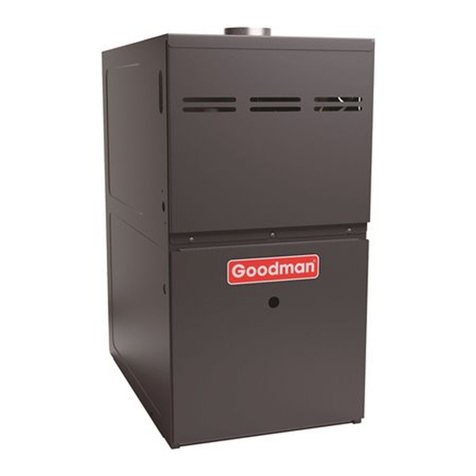
Goodman
Goodman GMES8 U Series Service and Troubleshooting
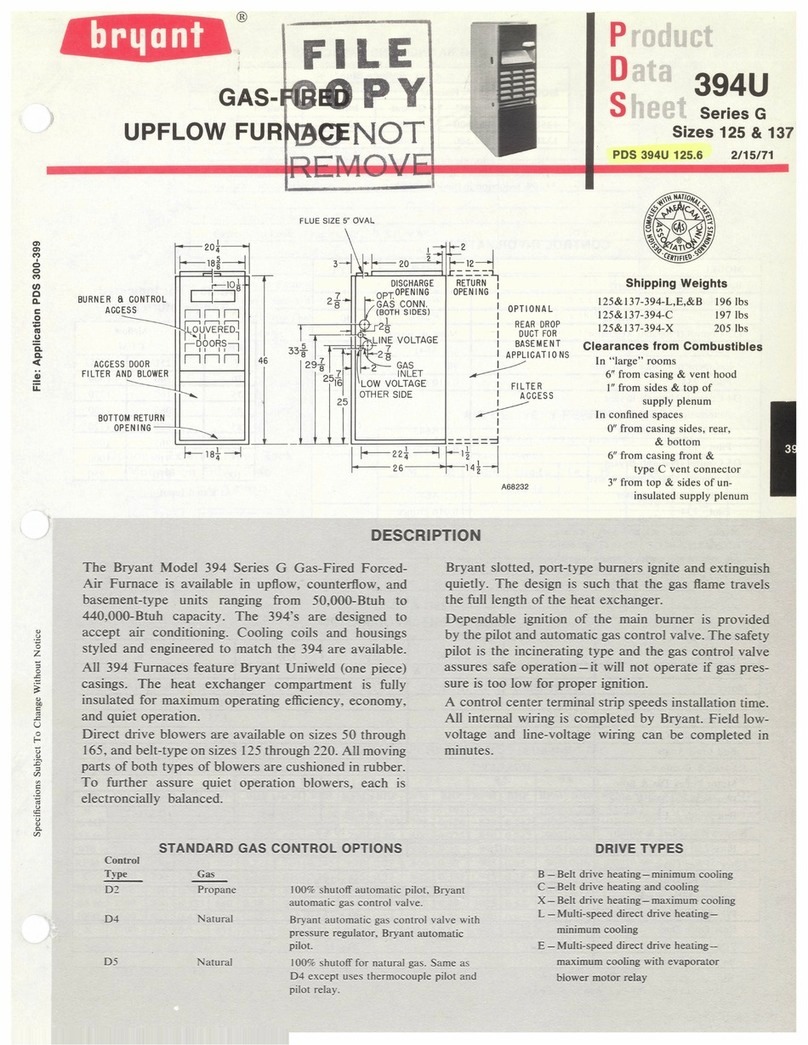
Bryant
Bryant 394U Product data sheet

Airease
Airease 90+ AFUE manual
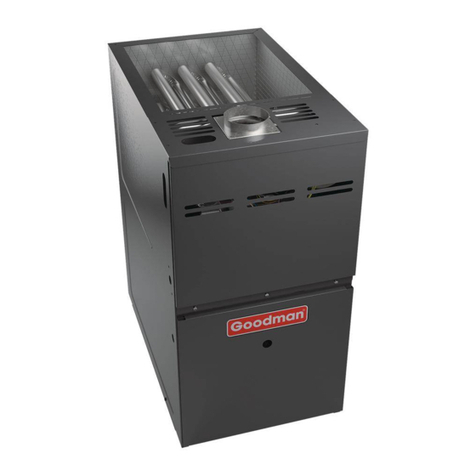
Goodman
Goodman GMS8 Product specifications
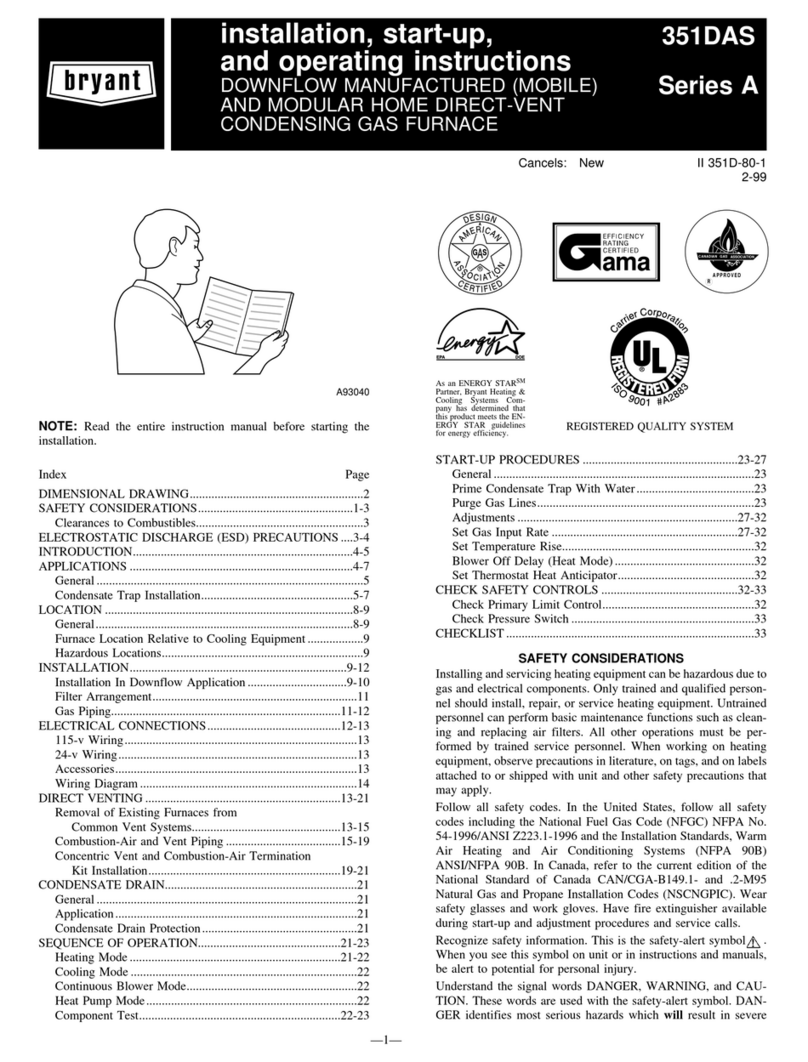
Bryant
Bryant 351DAS Installation, start-up & operating instructions
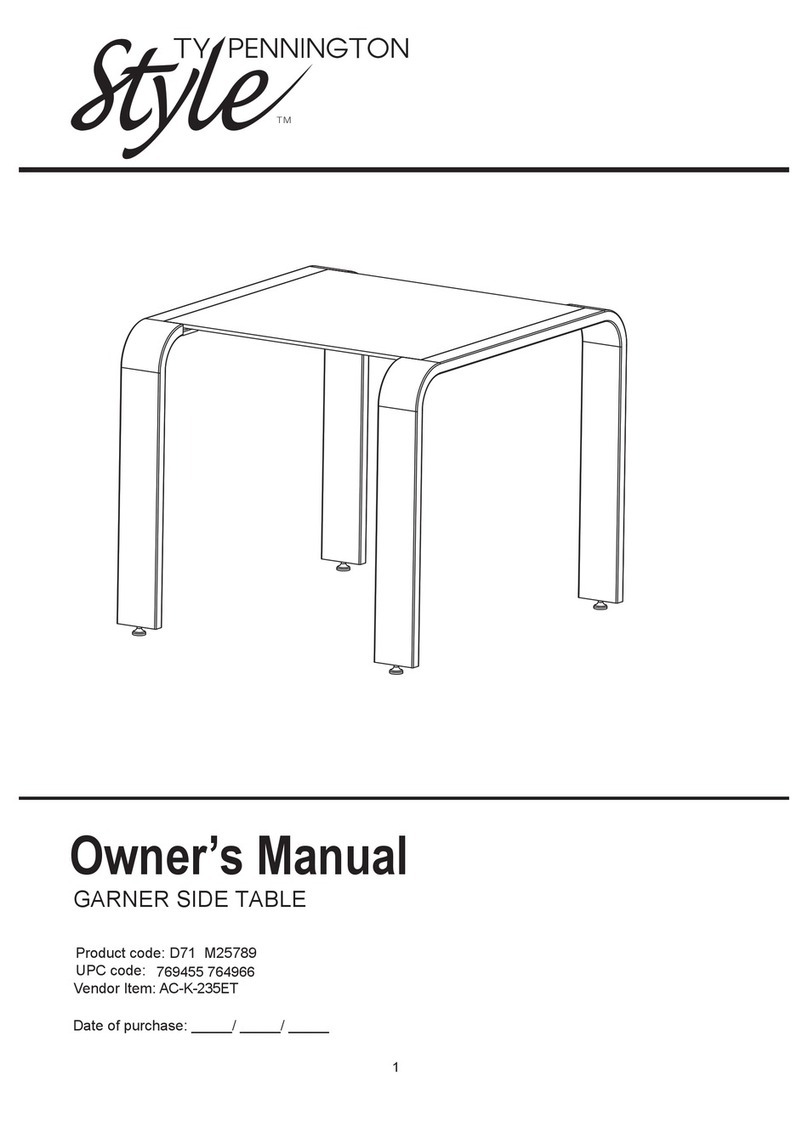
Sears
Sears TY Pennington Style AC-K-235ET owner's manual
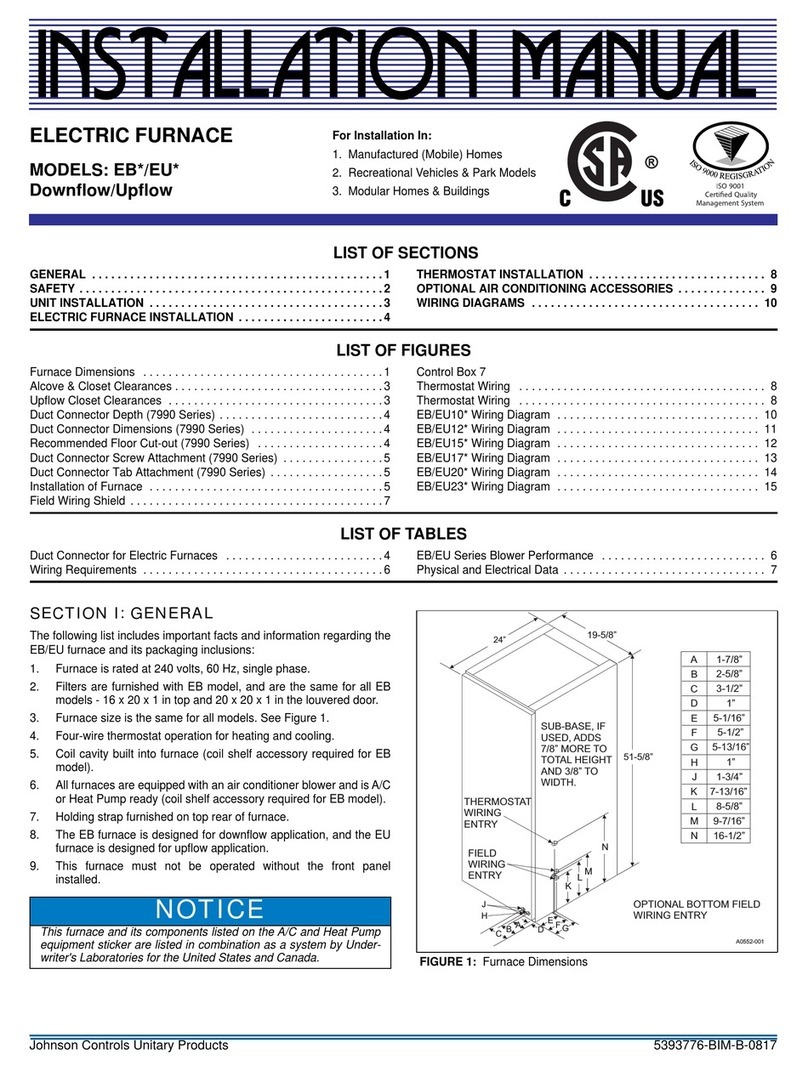
Johnson Controls Unitary Products
Johnson Controls Unitary Products EB Series installation manual

Thermo Pride
Thermo Pride CLHS1-050P36N Installation and operation manual

